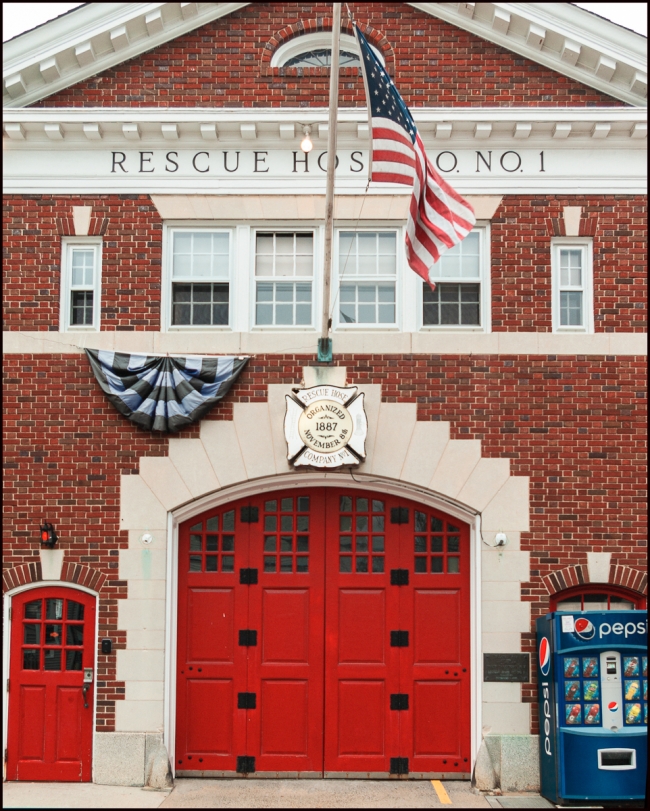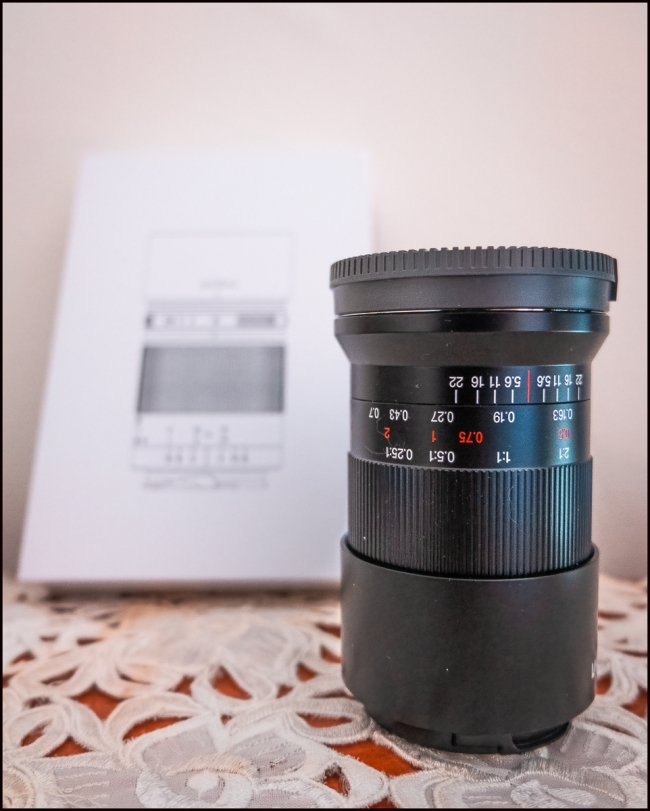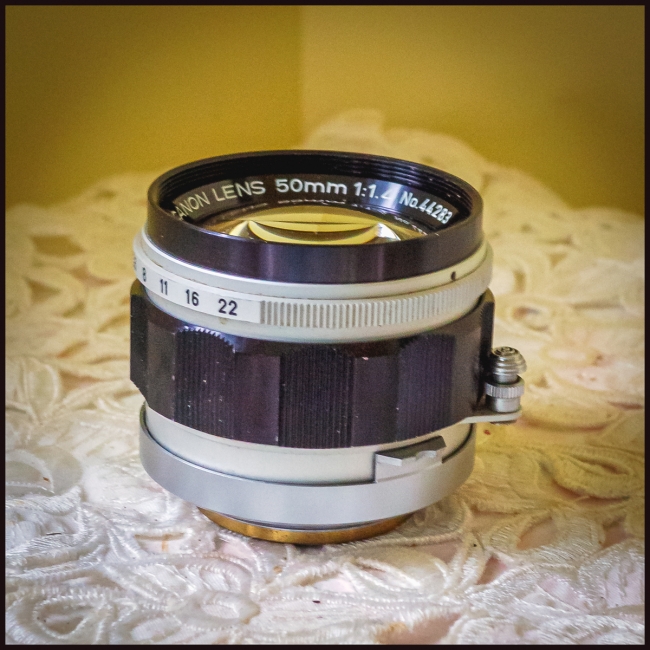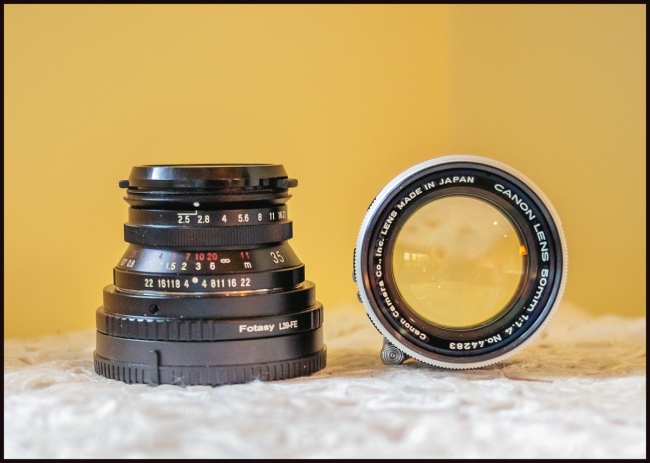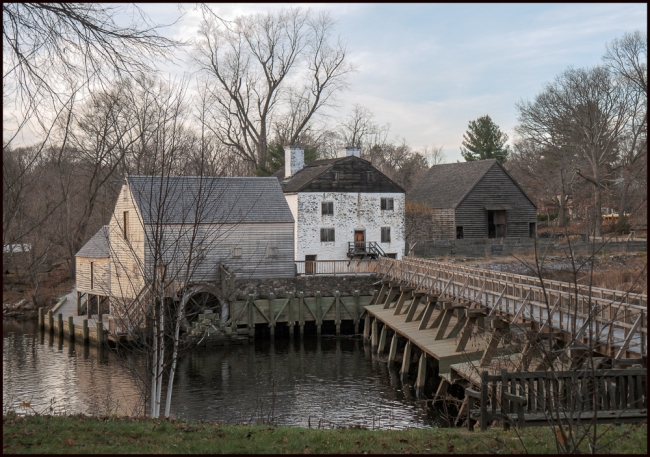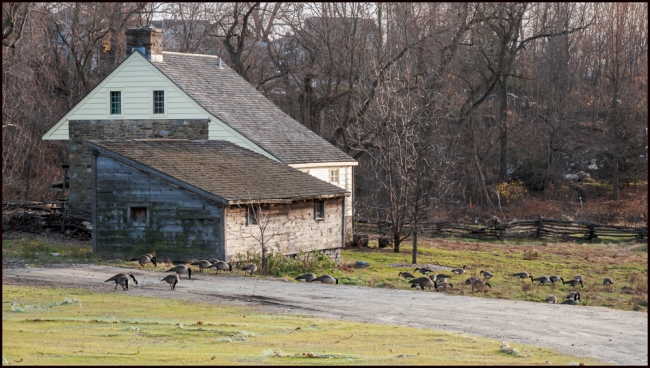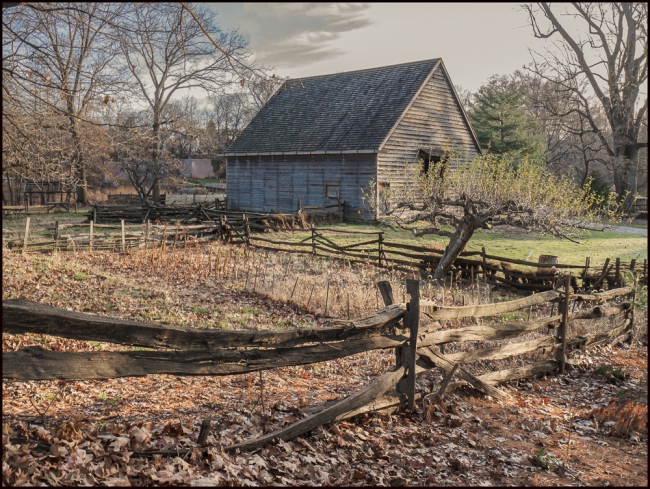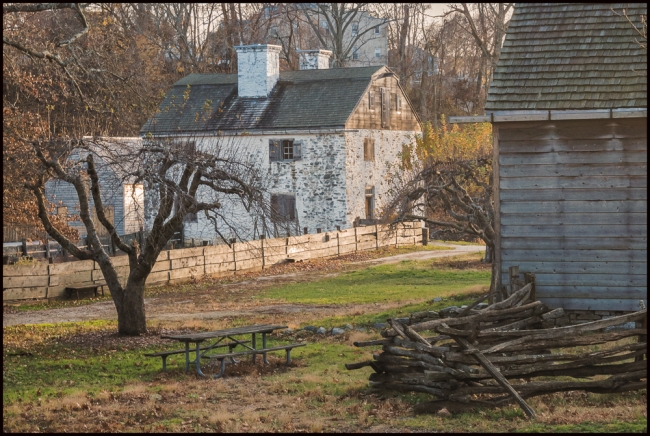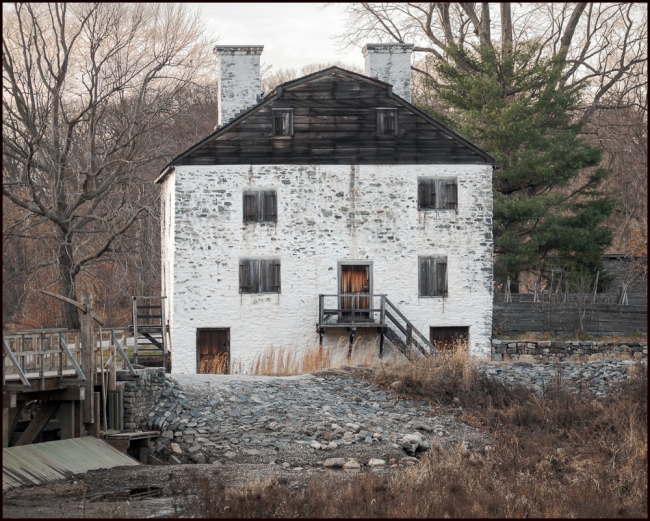According to the Sleepy Hollow Fire Department‘s website:
The Sleepy Hollow Fire Department consists of five individual fire companies. The council of the Fire Department consists of the three chiefs and two wardens from each of the five companies. This council is the governing body of the department and sets all policy. The board of fire wardens answers to the Village Board of Trustees.
Sleepy Hollow Fire Patrol
Sleepy Hollow’s fire patrol and emergency rescue squad was organized on May 26, 1876; it is the oldest company in the department. Originally chartered as a company for the protection of property at a fire, the company is now charged with the protection of life. Fire patrol is used on auto accidents and carries a Hurst tool for the extraction of victims. The company also carries as part of their equipment air-bags which are used to raise an object to free trapped victims. Today the company operates a 1992 International rescue vehicle, fully equipped for any emergency.
Pocantico Hook and Ladder Company Co. No. 1- The Big “6”
An act of the Westchester County Court organized Pocantico Hook and Ladder company on September 24, 1878. Pocantico Hook and Ladder’s main responsibilities at an alarm are search, rescue and ventilation.
Rescue Hose Company No. 1
Rescue Hose, the third oldest company and the first hose company, was organized on November 8, 1887. Rescue Hose was originally located in the Beekman Ave firehouse along with Pocantico and Fire Patrol. On December 27, 1929, Rescue moved into its present quarters on Lawrence Avenue.
Union Hose Engine Company No. 2
The second hose company was organized on December 15, 1887 in the quarters of Pocantico Hook and Ladder. The company moved to a building on the corner of Valley and College Avenue and then in 1928 moved to their present quarters on Cortlandt Street.
Columbia Hose Company No. 3
Columbia Hose Company No. 3 was organized on May 22, 1899 as Sleepy Hollow Company, changing a few months later to the present name. The company was formed to protect the uphill section of the Village known as Briggsville. The first company quarters was located on Webber Avenue. The company has had several quarters since then, moving from Webber Avenue to Broadway, to Valley Street, and then in 1940 after the completion of the municipal building on Beekman Avenue, the company was moved to its present quarters in this building. Today Columbia Hose carries a second Hurst Tool for extraction of trapped victims.
Taken with a Pentax K10 and 18-55mm SMC Pentax DA f3.5-f5.6

